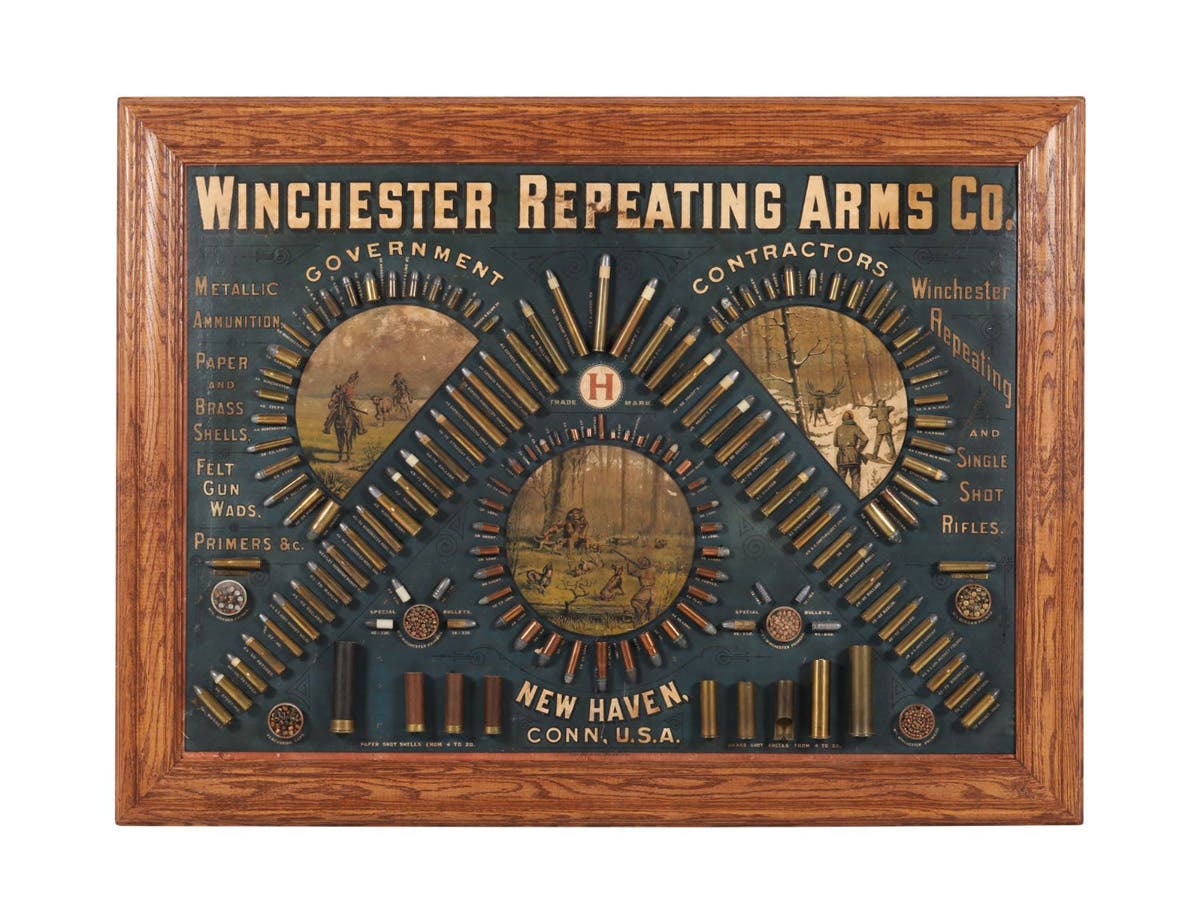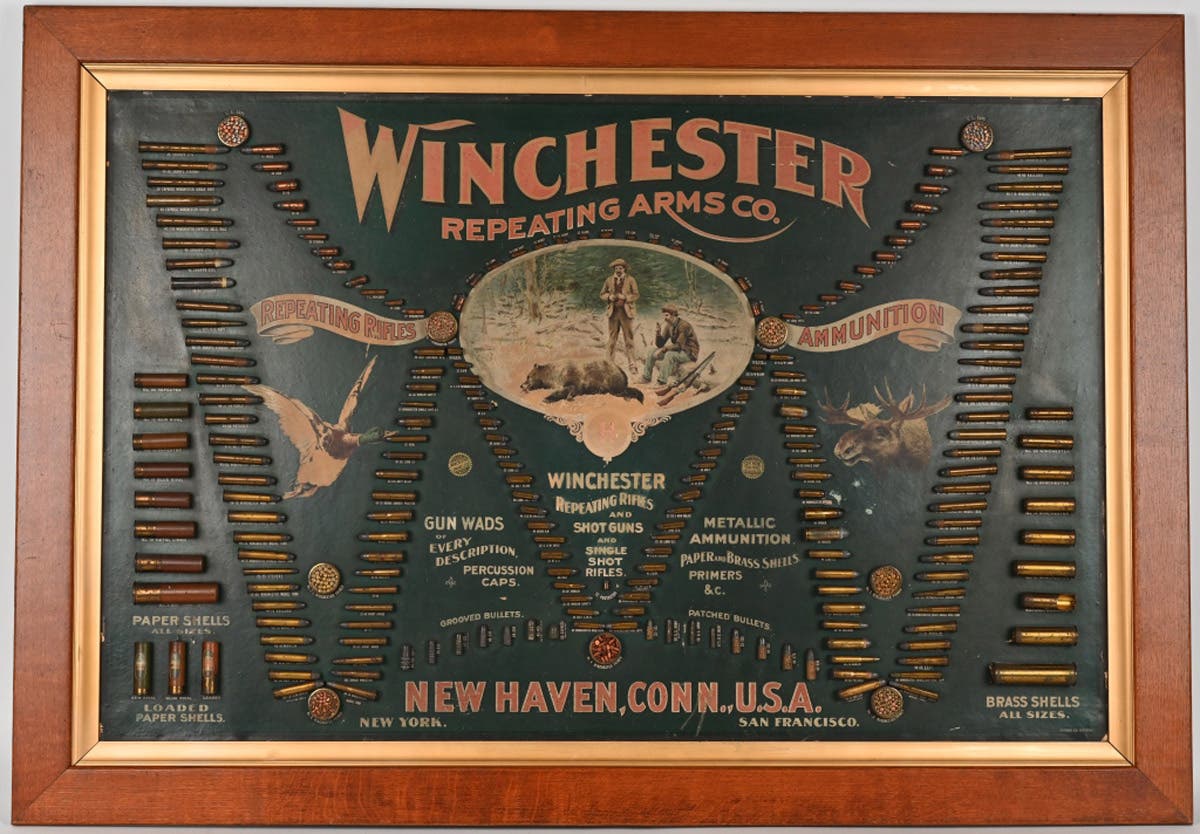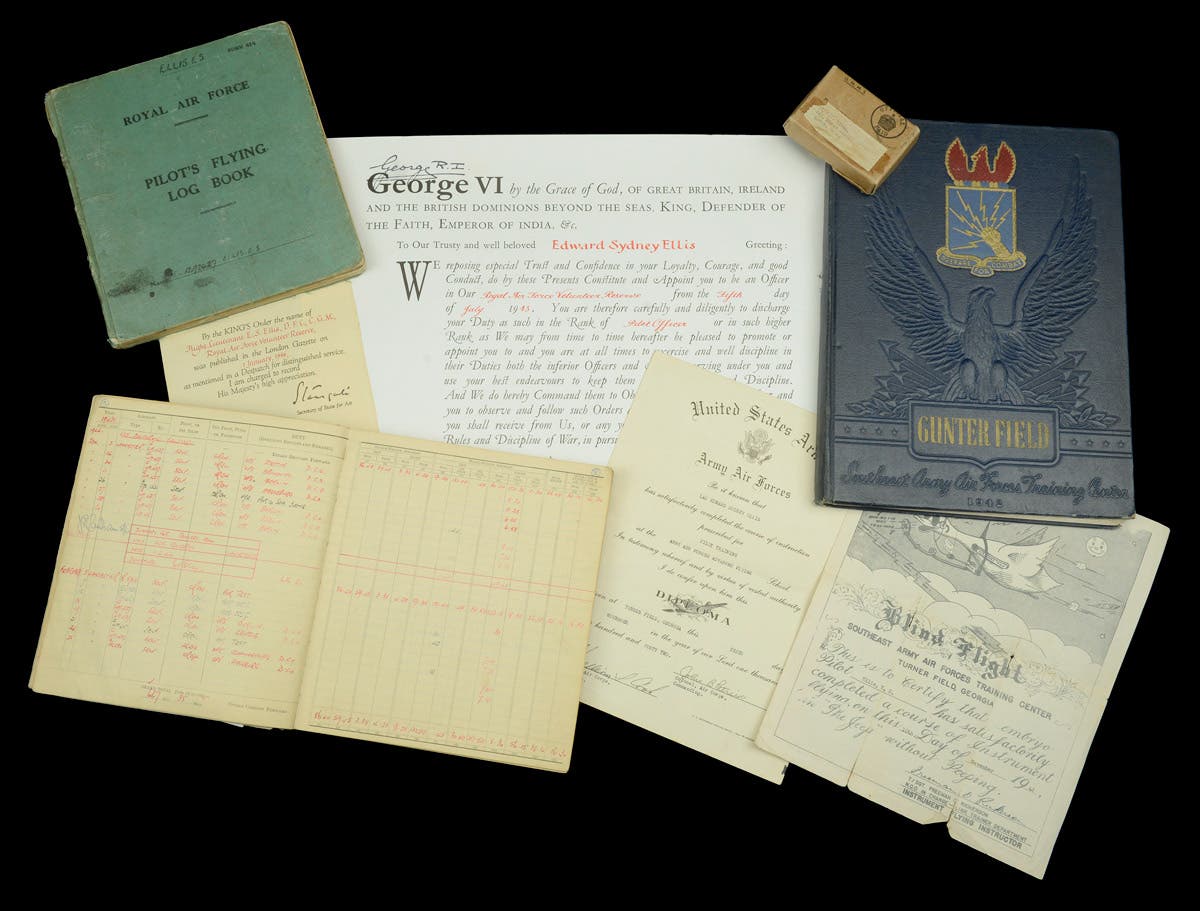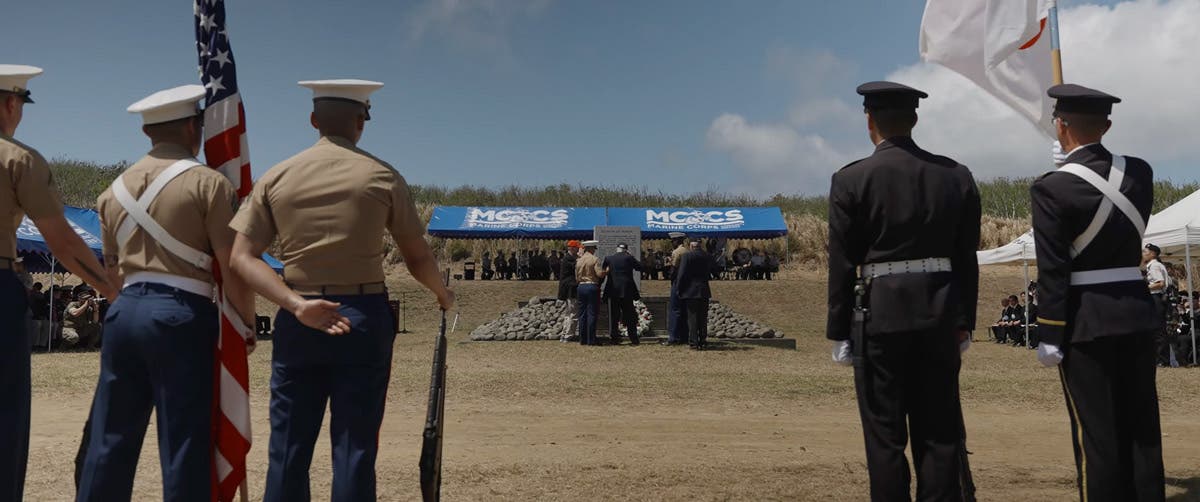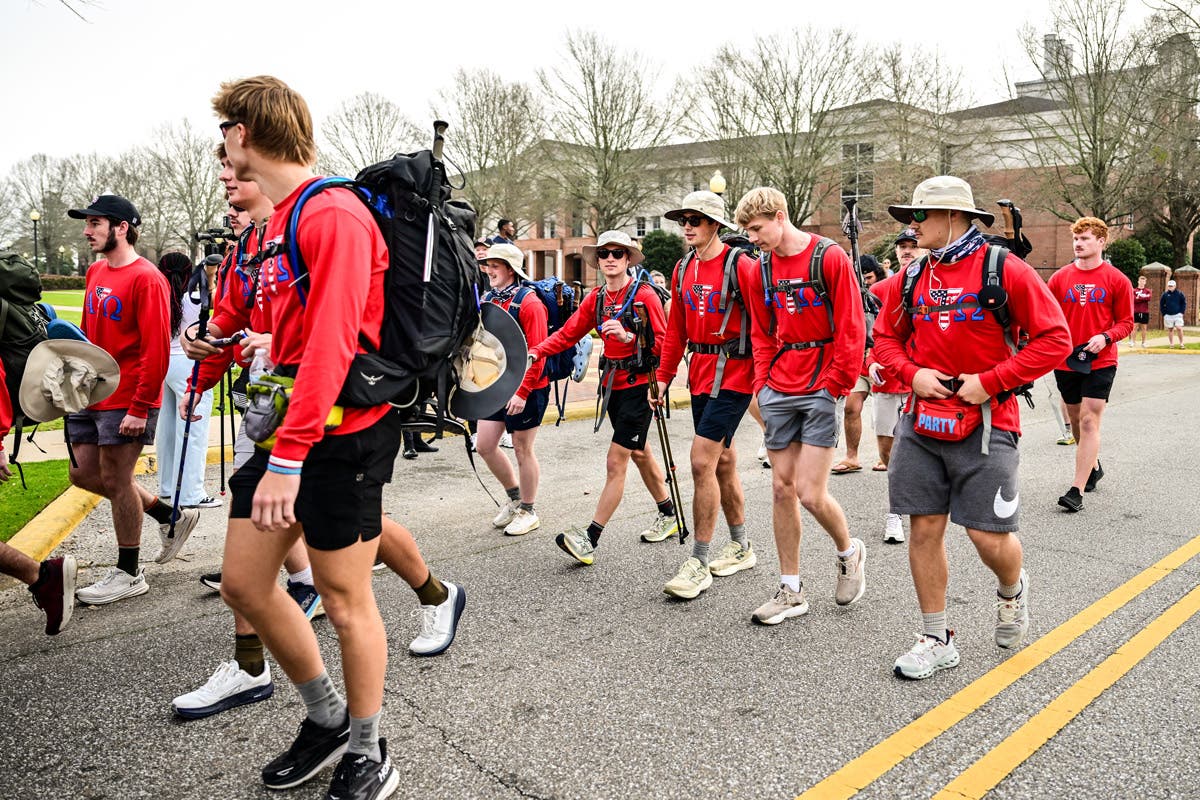Julia’s sets world record with $1.15M Yorktown battle map
Map holds world record for any map ever sold at auction
Battle of Yorktown map executed by Jean Baptiste Gouvion on
or about Oct. 29, 1781.
FAIRFIELD, Maine — On Feb 4-5, 2010, James D. Julia, Inc. set numerous auction records with the sale of The Decatur-Armsden collection, a historical trove descended through a number of important historical families. The most notable member included Colonel Tobias Lear, General George Washington’s Aide de Camp and one of his personal best friends and the Commodore Stephen Decatur. In Julia’s own words, the auction included “the most incredible lot of goods [he ’d] ever handled.”
Sometime in the very early 1970s a barn on the property was sold to one of the family members. The goods were evaluated and divided into three approximately equal lots of value and significance, going to each of the three branches of the family. That portion which had gone to Alice Decatur Armsden had been maintained in its entirety until her and her husband’s estate was settled this past year. Because of the size, diversity and historical significance of the grouping, the family decided it would be best to sell the collection on the open market where the things would be acquired by the appropriate institutions and advanced collectors.
Julia had learned of the estate’s possession of a map of the siege of the Battle of Yorktown. The siege of Yorktown of course was the most significant military encounters in the history of our country. The map, hand done at the direction of Jean Baptiste Gouvion (who actually took part in the siege), was done a matter of days after the battle took place. It is believed this map had belonged to General George Washington himself, as it is a known fact that Tobias Lear handled Washington’s papers after Washington’s death.
With approximately 25 clients set up on the phones to bid and some present in the audience, the battle began and rapidly escalated. When bidding reached a half million dollars, the battle narrowed down to an audience bidder and one phone bidder. It continued until the bidding reached $1 million, finally going to a phone bidder who won the lot for $1.15 million (inclusive of the 15 percent buyer’s premium). The price was not only a record for the Julia firm, but also the most expensive antique item ever sold at auction in Maine. It was also a world auction record for any map ever sold at auction. For the three sisters, heirs of the Decatur/Armsden estate, it was a bittersweet event. The prices and the tremendous enthusiasm displayed by collectors, institutions and corporations all over the world were a great satisfaction but the sale also represented a certain closure to what had been for generations a trove of historic material that had captured and reflected their family’s significant and historic past.
The auction continued to perform far beyond expectations. Another of the more fascinating lots was a four page letter written by George Washington in his own hand to his nephew George Augustine Washington in which he speaks of family issues, offers marital advice, and promises the latter’s eventual inheritance of a parcel of land. It sold for $120,750. It was followed by a letter written by General Washington pertaining to his purchase of property adjacent to hallowed Mount Vernon. The letter detailed the transaction in which 90 acres were to be exchanged for 30 pounds of Virginian currency, 130 pounds of tobacco, and dismissal of a lawsuit brought against the landowner by Washington. The historical document found a buyer who was willing to pay $46,000.
A poignant draft of a letter from Martha Washington (written for her by Tobias Lear) to president John Adams reluctantly agrees to a request by Congress to have her late husband interred in the capital building. It sold for $24,150.
Other letters included a full page account by Thomas Jefferson to Tobias Lear stating the necessity of a navy, encouraging Lear’s son to study for the bar in Maryland, and detailing the importance of a good education. It sold for $57,500. A copy of Commodore Edward Preble’s letter and also one of Stephen Decatur’s detailing the historic burning of the Philadelphia sold for $29,900. An assortment of letters from Commodore William Bainbridge in 1804 to Tobias Lear describing his captivity and a vivid description of the battle also offered important information regarding the strengths and vulnerabilities of his captors. A marvelous trove, it sold for $51,175.
A selection of Barbary Wars items included a petition to the Dey of Algiers, Tobias Lear (consul to Algiers for the U.S.) and various European dignitaries for the protection of consuls and their families. Affixed with their wax seals this fascinating and important document sold for $46,000.
A copy of the first treaty between the United States and the Bey of Tripoli written both in English and Arabic was an extraordinary manuscript seldom encountered outside State Department archives. It sold for $74,750. And a lot of four account books once belonging to Tobias Lear detailing purchases and shipments during a three year period in the early 1800s brought $17,825.
Books from the Lear-Decatur-Storer collection that have been passed down through the family included a grouping of books once housed in George Washington’s personal library, which were acquired by Colonel Tobias Lear from Washington’s own library. A selection of leather bound encyclopedias (from an original set of 21) dated from 1798 began the offering and helped set the tone for what was to come. The set brought $12,650. Another lot of seven from the same set (consigned by another branch of the family) brought $23,000.
In 2008, Julia’s sold a very rare American Pilot sea chart book by William Norman consisting of maps detailing the eastern coast of North America from Nova Scotia to Maryland. This time up for bid was the European version by the same maker and at one time belonged to Ichabod Goodwin (governor of New Hampshire during the mid-1800s). It brought $86,250. An exceedingly rare book, “Code Henry” pertaining to the Revolution and the establishment of the United States as well as the slave rebellion in Haiti and the Dominican Republic brought $17,250.
The trove continued with a score of period military flags. Of the 20 or so examples offered, highlights included a 16-star American flag identified to one of several U.S. ships carrying the name Scorpion. Precious few of these early flags with this star count are known today in any collections. This example exhibited evidence of considerable use and wear having been used during wartime; it sold for $21,850. This was followed by a mid-19th century 34-star flag formerly owned and used by Commodore Stephen Decatur. It sold for $14,950.
Other period militaria from the collection included an outstanding pre-Civil War naval dress uniform of Captain George Washington Storer, nephew to Tobias Lear. Storer eventually attained the rank of Rear Admiral in 1862. The uniform from two decades prior shows little use and was in very nice original condition. It sold for $8,625. Another member of the Storer clan, Lieutenant Colonel John Storer (who accompanied William Pepperell in 1795 on the expedition to capture Fort Louisburg, in Nova Scotia from the French) was represented by an early 18th century silver hilted small sword. Inscribed with his name, it sold for $13,800.
The once in a lifetime opportunities continued with two extremely rare silver medals both featuring a bust profile strike of Stephen Decatur. Awarded to naval officers who took part in a battle with the HMS Macedonian, fewer than 50 were made and only a handful of these medals have survived, most of which are held by institutions. Remarkably there were two in this auction, having descended through different branches of the Lear-Decatur family. The first from the Decatur-Armsden branch of the family sold for $19,550 while the second, which descended through the Lear-Decatur family, sold for $28,750, each at the upper end of their respective estimates.
Aside from the celebrated Decatur offerings were other historically noteworthy objects such as the Abraham and Mary Todd Lincoln Presidential dinner china ordered by Mrs. Lincoln in 1865 for use in the White House. The delivery of this set did not take place until two months prior to the assassination of President Lincoln and therefore saw little use. It is purported that the Johnsons did not like the set and opted to replenish the traditional Solferino china set for his term. The 88 pieces in this original historic dinner service sold for $28,750.
For more information visit www.jamesdjulia.com, e-mail info@jamesdjulia.com, or call their offices at 207-453-7125. James D. Julia, Inc., P.O. Box 830, Dept. PR, Fairfield, ME 04937.
Photos courtesy James D. Julia.



